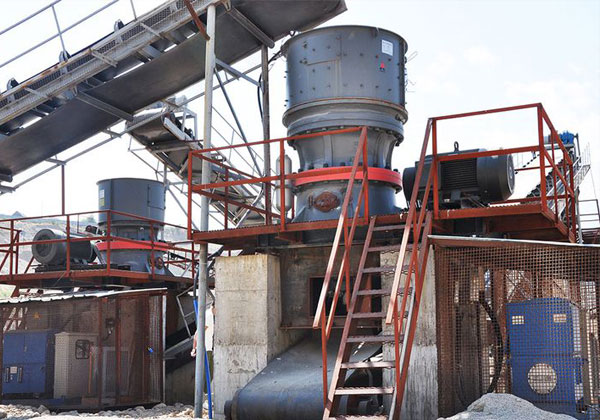Cone crusher inspection checklist
Pre-Start Checks: Begin by conducting a visual inspection of the entire cone crusher unit. Look for signs of wear or damage on external components, including the main frame, hopper, and discharge chute. Check for any loose bolts, nuts, or other fasteners. Inspect the hydraulic system for leaks or any signs of fluid accumulation. Examine the condition of the cooling system and ensure that all guards and safety covers are in place.
Crusher Liners: Inspect the condition of the crusher liners (concave and mantle). These components undergo wear over time and need to be checked regularly. Look for signs of uneven wear, cracks, or excessive wear that may require replacement. Ensure that the liners are properly fitted and secured within the crushing chamber. If the liners are worn beyond the manufacturer’s recommended limit, they should be replaced to maintain efficient crushing performance.

Lubrication System: Check the lubrication system to ensure the proper function of bearings and other critical components. Verify that the oil is clean and at the proper level, and that there is no contamination from dust or other debris. Inspect the oil filters and change them as necessary. Also, ensure the cooling system is operating efficiently, as overheating can cause severe damage to the crusher’s internal components.
Hydraulic System and Adjustment Mechanism: The cone crusher’s hydraulic system is responsible for adjusting the crusher’s settings and providing power to the main shaft. Check for proper fluid levels, ensure there are no leaks in the hydraulic hoses or cylinders, and test the hydraulic pressure. Operate the adjustment mechanism to ensure smooth and correct operation of the setting adjustments. If any malfunctions occur, this could lead to inconsistent crushing, reduced efficiency, or damage to the crusher.
Operational Tests: Finally, perform operational tests to ensure the crusher is functioning properly. Start the machine and monitor its operation for any unusual noises, vibrations, or performance issues. Listen for any grinding sounds that may indicate friction or metal-on-metal contact. Check the feed and discharge flow to confirm that material is being processed correctly. Monitoring the crusher during operation will help identify issues that may not be apparent during a static inspection.
